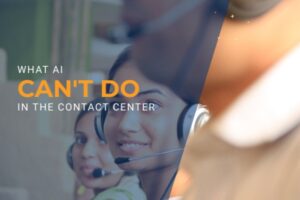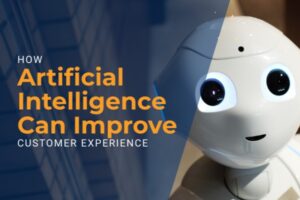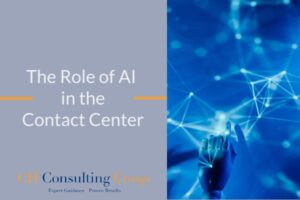Employers are trying to handle labor shortages by offering higher wages, more benefits and flexibility to employees, such as work from home options. However, offering these things may still not lead to getting enough workers. For this reason, businesses are increasingly considering using artificial intelligence (AI) technology to automate work tasks. AI can be immensely beneficial to a business by lowering costs and increasing efficiency. But there can also be downsides to using this technology. In this blog, we discuss the role of AI in handling workforce challenges.
Improved Hiring Processes
One of the areas in which artificial intelligence is becoming more commonly used is in the hiring process, which can be faster and more efficient. Technology companies are leading in this area, using AI to find, analyze and onboard candidates.
Many companies typically take a month or more to hire a new employee. But they can risk losing good candidates to other companies by taking too long, especially amid the current labor shortage. AI technology can be used to create better job descriptions, which helps attract the right candidates faster. Chatbots can also help accelerate the hiring process.
Increased Productivity
Advancements in artificial intelligence technology and increased use of AI can significantly increase the business productivity, which can mean needed fewer new employees. In an article about labor shortage, IT Business Edge states the following about how AI is helping the customer service industry with its productivity:
“AI is having a significant impact on customer service because anywhere between 40-80% of customer queries are repetitive, said Puneet Mehta, founder and CEO of Netomi. With AI-powered virtual assistants, companies can automatically resolve these and let human agents solely focus on more complex queries. This decreases resolution time and increases team elasticity while allowing companies to scale support operations up and down as ticket volume fluctuates.”
Enhanced Employee Training
One reason an employee may not succeed in a new job is ineffective onboarding or training. Artificial intelligence can help in these areas by providing programs tailored to individuals so that they can learn in ways that work best for them.
The Shortcomings of AI
Although AI can help improve the hiring process, training and productivity, it’s not the solution to all areas of business. In their article about labor shortage, IT Business Edge points out a case in which AI did not work well for Amazon:
“In 2018, the company terminated its development of software that used AI to screen résumés. For the most part, it selected mostly males even though the software did not use gender as a variable. All in all, it showed the problems when using résumés as a data source since they often have gender-specific language or experiences.”
As this demonstrates, in many cases, humans are needed to solve more complex problems that AI cannot. Also, there are cases in which human experience or human emotion is needed to help solve a problem. Thus, it needs to be carefully considered what circumstances AI should be used for and when it would be best to implement a different solution.
The Use of AI in the Future
Despite the shortcomings of artificial intelligence, it will most likely become increasingly important for hiring, training, and maintaining productivity. AI can handle more efficiency and scale than people can, and it doesn’t become exhausted from work or get ill. Contact CH Consulting Group today to learn more about how AI technology can have significant benefits to customers, employees, and businesses.




